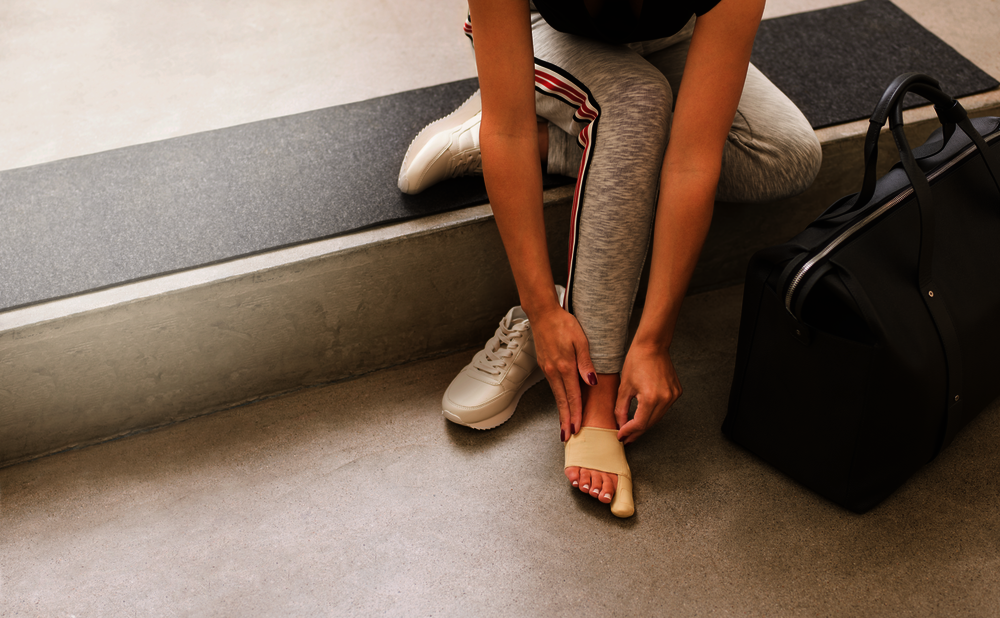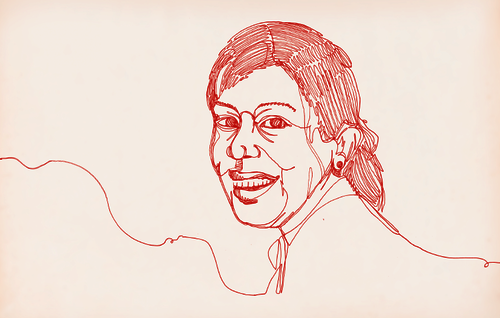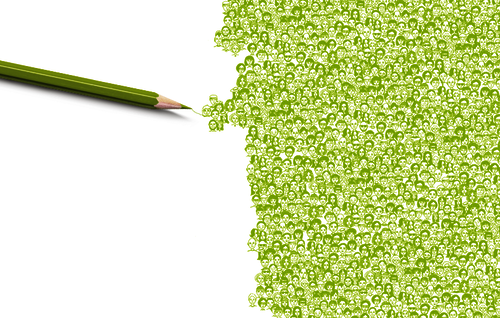Regular pedicures, podiatry and the latest shoe fashions make women’s (and men’s) feet an area of great interest. But our feet are also a sensitive subject...
About one in four female pharmacy customers, i.e. around 14 million patients, suffers from bunions, a painful forefoot deformation involving the big toe set at an angle, also called hallux valgus. Although the severe pain is a constant reminder, this problem is often not discussed. Even more so, because hardly anyone knows that there are effective solutions for reducing discomfort that do not also mean having to forgo attractive shoes. This reason for this deformation is largely found in one’s genes. But weak connective tissue and lifestyle also play a role. Every day our feet are subjected to mechanical stresses. Pointy, narrow, high-heeled shoes accelerate the progression of this deformity because they concentrate the body’s weight at the affected area in a negative way and damage it more over time.
The new Hallux valgus products from Ratioline can reduce the pain experienced by many women and help them enjoy beautiful shoes again.
How does the Hallux valgus Support work?
The Ratioline Hallux valgus Corrective Support provides dynamic correction with every step. It makes a seamless adaptation to the respective degree of deformity possible, and at the same time reduces friction and joint pain. This has been proven in studies. The Ratioline Hallux valgus Corrective Support can be worn in nearly any shoe and can be washed at 40°C. Furthermore, there are also physiotherapy exercises which can help reduce the discomfort. The purpose of these exercises is to put the first metatarsal bone in alignment again, to restore the arch and to keep the big toe in its physiological axis of motion and to strengthen it. Doing the exercises regularly and wearing the Ratioline Hallux valgus Corrective Support will slow progression of the bunion, reduce the pain and delay a surgery should it be necessary. If the bunion has progressed to the point that lateral movement of the big toe is no longer possible, customers can use a Ratioline Protective Hallux valgus Cushion to relieve their pain.
Talking to customers
The strong presence that the service topic of “healthy and attractive feet” has in the media presents many opportunities and occasions for advising patients. For example, Ratioline accepted a role at a mindfulness workshop put on by the women’s magazine “Donna” in Lech, Austria. Respected experts took questions from the female participants and clarified many aspects from a variety of perspectives.

Book tip: happy feet, happy life – now we would like to present Carsten Stark’s book The Bunion Book (German title: Das Buch für den Hallux). Holistic help without surgery.
Focus on healthy feet.
An interview with Carsten Stark, foot mapper
Carsten Stark: A foot mapper creates a link between people’s feet and potential physical problems. These problems can manifest as foot, knee or back pain, but also cause other organic symptoms. I developed a method of creating a digital image of the foot using a foot scanner. I analyse these foot images to holistically look for the causes of physical complaints.
CS: One of the reasons is no doubt that more and more people are trying to stay healthy using natural approaches. Healthy eating, an active lifestyle, mindfulness and living sustainably are a few examples of this. If people have symptoms, they want to understand what is causing them so they can choose an appropriate treatment approach. Our feet are supposed to carry us through our entire lives. The perfect interplay of numerous muscles is what enables us to walk comfortably. They are crucially involved in keeping the body upright and as such are in part responsible for the entire musculoskeletal system functioning properly. Therefore it follows that healthy feet also result in a healthy musculoskeletal system.
CS: A deformity of the big toe, a bunion, is the dominant problem involving women’s feet. In my book I answer the questions “How do bunions form?”, “Why is the deformity painful?”, “What possible internal causes and external influences can affect bunions?”, “What can I do to have a healthy big toe?”.
In my book and in my work with patients, I always approach the issue of bunions holistically, and together with my patients I try to find alternatives to inserts and surgery. I think the topic of bunions is vital and that I can help many people with my approach.
CS: I developed 80 percent of my treatment approach that I present in the book myself and I have structured it so its application is practical and helps relieve symptoms. My approach is holistic; I want to raise awareness of this topic, to get people to think more about it, and to help people help themselves.
CS: Always get three independent opinions from different practitioners about your situation so you can get a clear picture and consider different treatment options. Exhaust all alternative options before you consider conventional medical interventions. Self-reflection can also be useful when it comes to foot problems. Think about when you experience your symptoms, what behaviours cause them to increase, when they abate, what you can do yourself to relieve them. For example, do your feet feel better when you are on holiday and go around barefoot a lot ...
Take the time to think about yourself and your feet – it will help.




